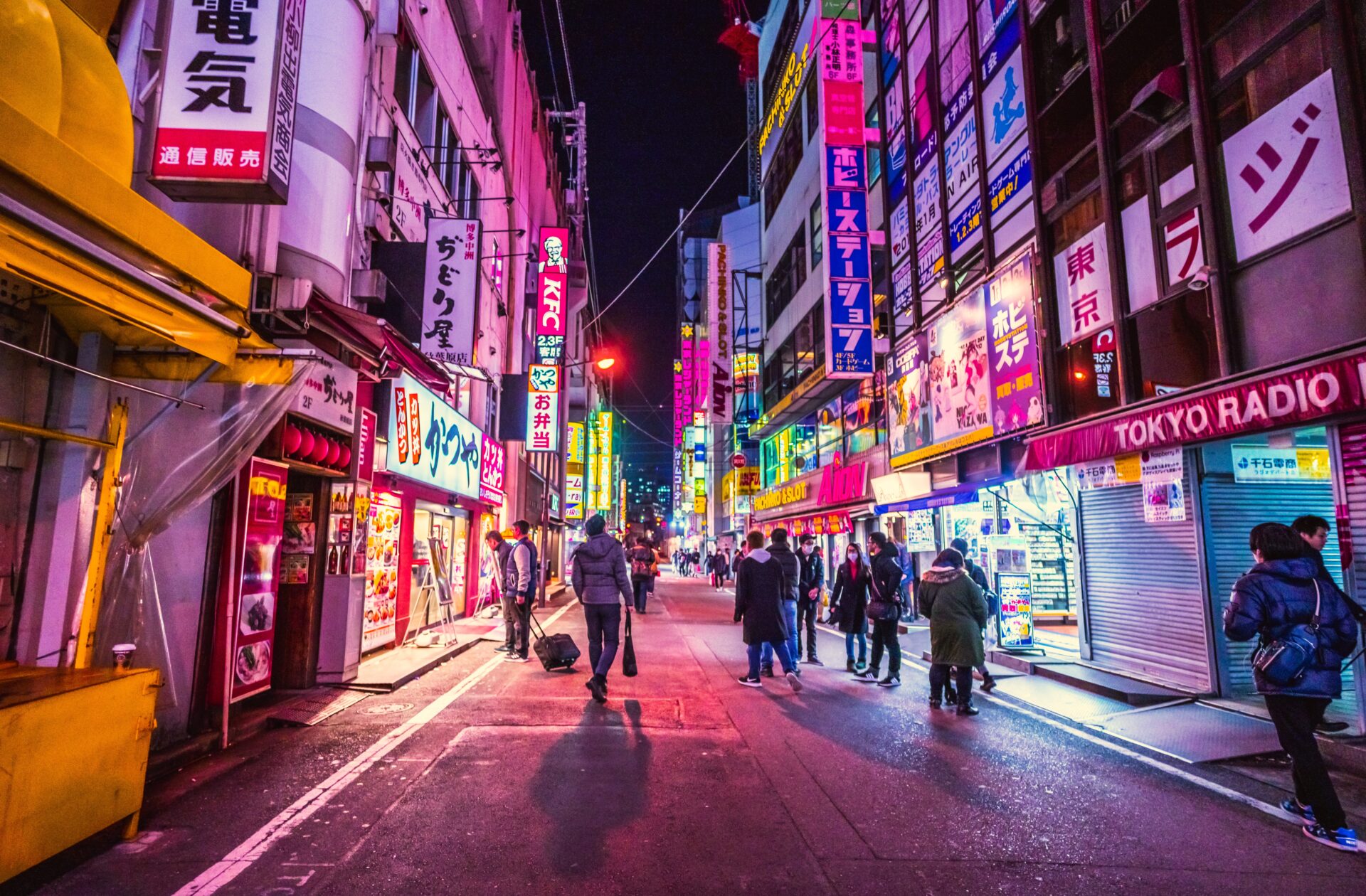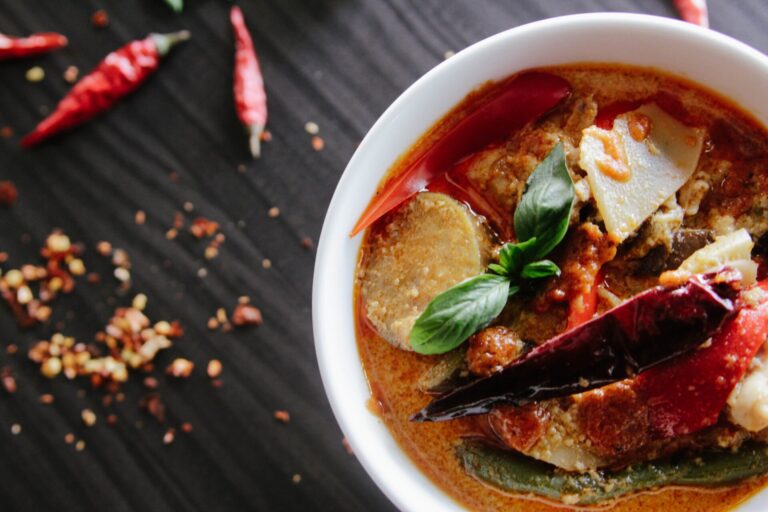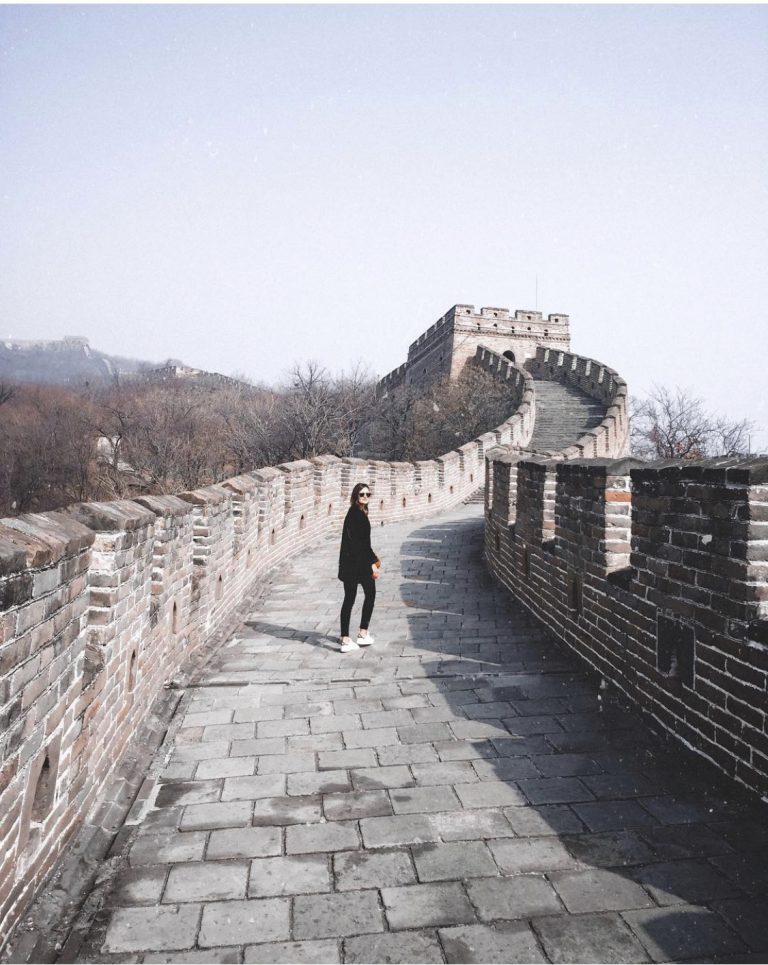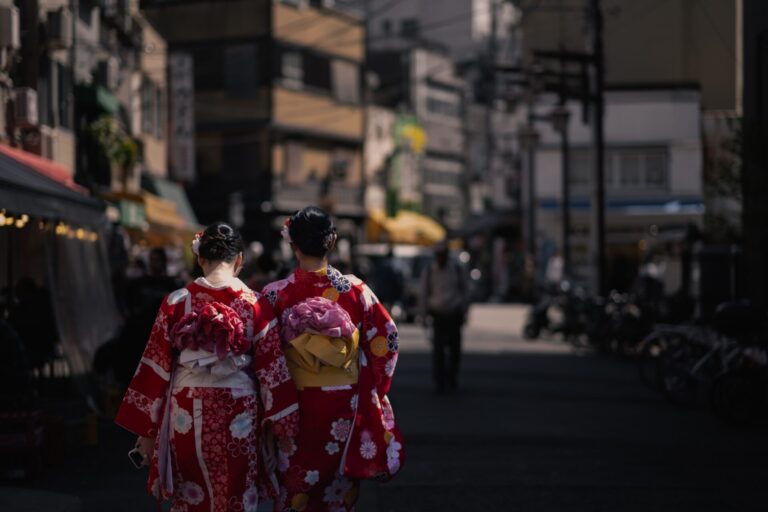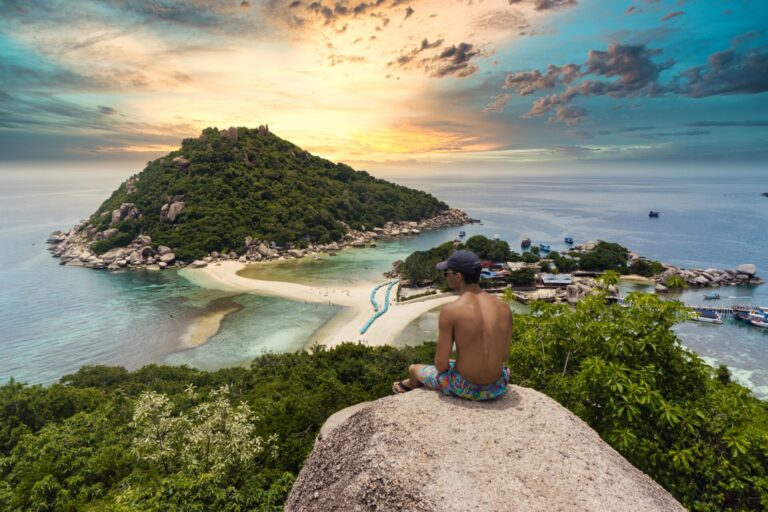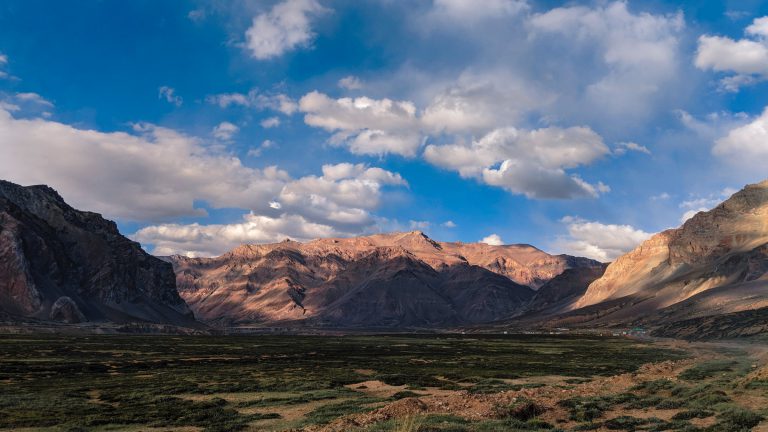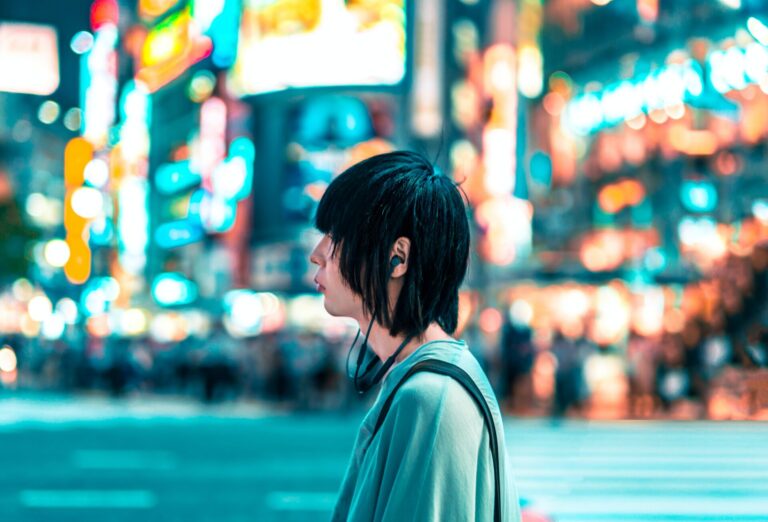Top 7 Cities to Visit in Japan
Japan is an Asian country with a rich and fascinating culture that is often both a source of surprise and delight for travelers as the country is known for its ancient temples and shrines (such as Matsumoto Castle), beautiful gardens and unique food.
One of the most striking aspects of Japan is the way that traditional culture and modernity coexist. On one hand, you can find ancient temples nestled among towering skyscrapers. On the other hand, you can see people dressed in traditional kimonos walking alongside those in modern Western clothing. This mix of old and new can be a source of culture shock for some travelers, but it is also one of the things that makes Japan such a unique and exciting place to visit.
Another memorable experience for many travelers in Japan is the country’s food; Japanese cuisine is known for its emphasis on fresh ingredients and artistic presentation, and it is common for meals to be a visual feast as well as a culinary one. From savory bowls of ramen and sushi to sweet treats like mochi and green tea ice cream, there is something for everyone to enjoy in Japan.
Page Contents
Top 7 Cities to Visit in Japan
Wandering, or “michi-no-eki,” is a popular activity in Japan that involves exploring the country’s beautiful natural landscapes and small towns and villages. As a tourist, wandering in Japan can be a great way to experience the local culture and customs in a more authentic and immersive way. We wrote a guide on Japan’s hidden gems for tourists that are looking to discover Japanese culture more in-depth by going off the beaten path.
Keep in mind; Japan is known for its high cost of living, and this can be a challenge for tourists who are trying to visit Japan on a budget. Prices for many goods and services in Japan are higher than in other countries, including things like food, housing, and transportation.
Tokyo
Tokyo – the capital and largest city of Japan, previously known as Edo – is the most popular destination for tourists from around the world because it offers a unique blend of new and old: a mix of modern skyscrapers and traditional temples and shrines. Some of the must-see attractions in Tokyo for tourists include the Tokyo Tower (which offers panoramic views of the city), the Meiji Shrine (a beautiful shrine dedicated to the spirits of Emperor Meiji and his wife), and the vibrant districts of Shibuya and Ginza (known for their shopping and nightlife).
In addition to these attractions, Tokyo is also known for its delicious food, with a wide range of restaurants and street food stalls offering everything from sushi and ramen to yakitori and tempura.
The city is also home to several museums and galleries, including the Tokyo National Museum and the National Art Center. Overall, Tokyo is a city full of energy and has something to offer everyone. Whether you are interested in exploring the city’s ancient temples and shrines, shopping in the bustling streets, trying delicious local food, or immersing yourself in the vibrant nightlife, there is something for everyone in Tokyo. That’s why we spent 4 days in Tokyo, as mentioned in our Japan Itinerary.
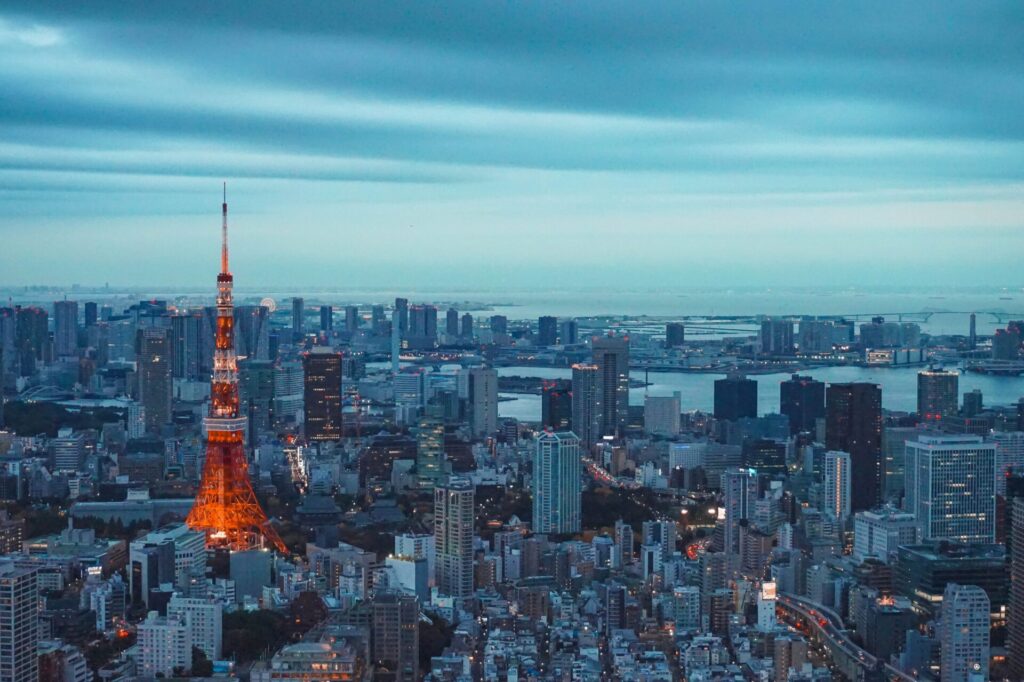
Kyoto
Kyoto is known for its ancient temples, shrines, beautiful gardens, and traditional crafts. It has been the capital of Japan for over 1000 years (from 794 to 1868), and it is home to several UNESCO World Heritage sites, including the Kinkakuji Temple and the Fushimi Inari Shrine.
Some of the must-see attractions in Kyoto for tourists include Kinkakuji Temple (“Golden Pavilion” Buddhist temple gold leaf), Fushimi Inari Shrine (a popular spot for tourists to visit, famous for its thousands of torii gates), Arashiyama Bamboo Forest, and the Gion District (a traditional neighborhood known for its narrow streets, traditional houses, and geisha culture).
The city is also home to several museums and galleries, including the Kyoto National Museum and the Kyoto Art Center.
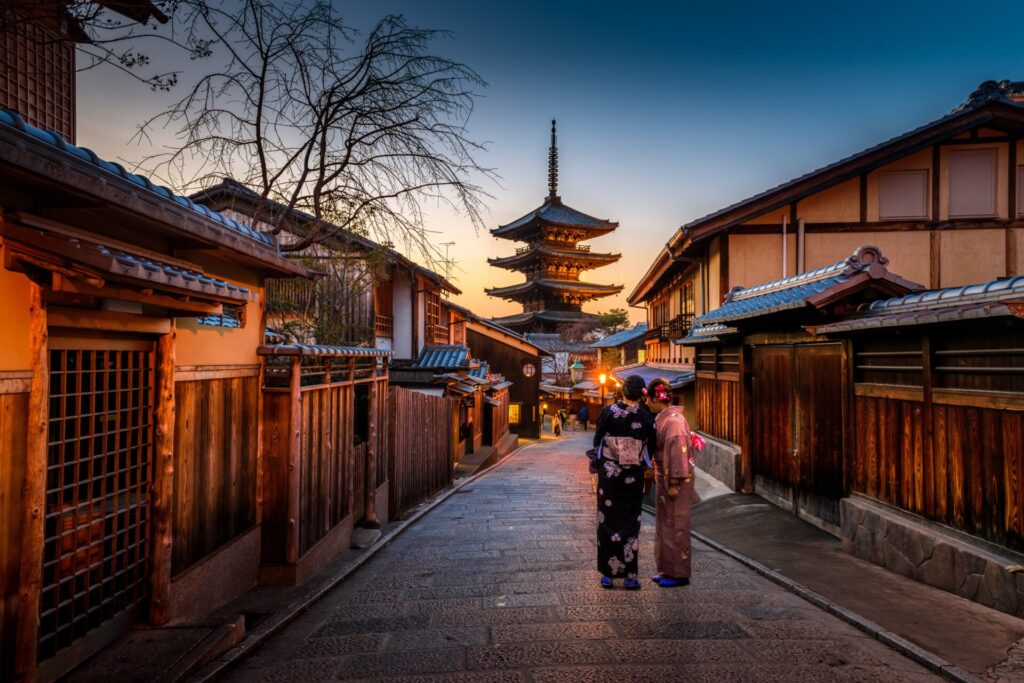
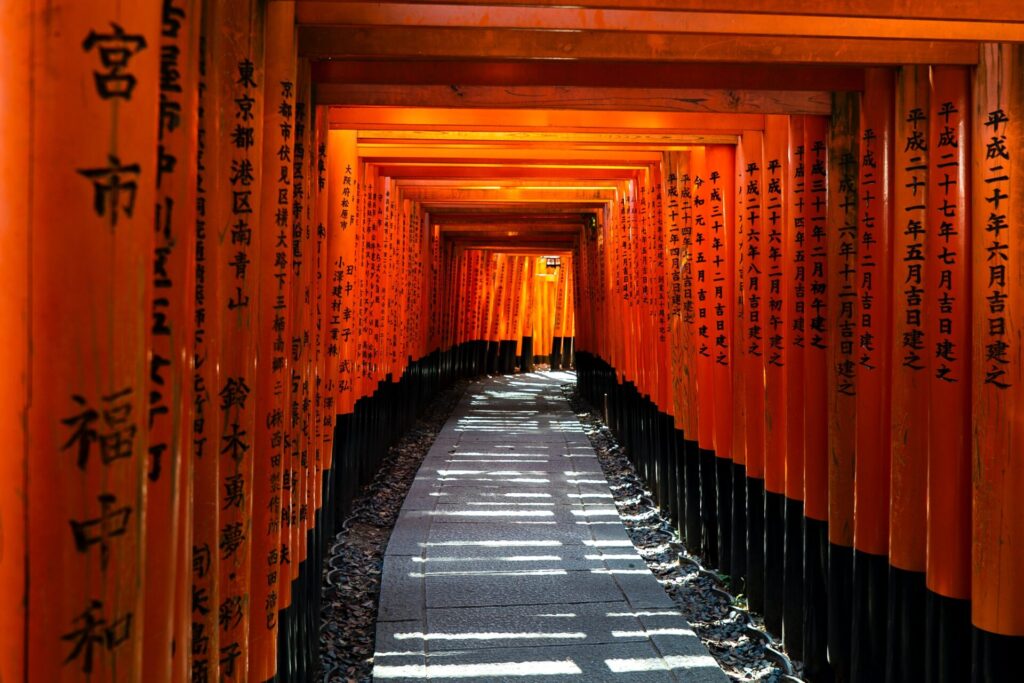
Osaka
Located in western Japan, Osaka is the country’s second-largest city and a popular destination for tourists worldwide. As we mentioned in our Japan Itinerary; Osaka has a ton of must-see attractions, including Osaka Castle (a 16th-century castle and the most famous landmarks in the city), Universal Studios Japan (A theme park that is home to several rides and attractions based on popular movies and TV shows), and the Osaka Aquarium (one of the largest aquariums in Japan that is home to a wide variety of marine animals).
The most popular neighborhood in Osaka is Dotonbori, known for its delicious food, with a wide range of restaurants and street food stalls offering everything from sushi and ramen to okonomiyaki, a savory pancake filled with vegetables and topped with a variety of ingredients.
Next to this, the city is also home to several museums and galleries, including the Osaka Museum of History and the Osaka Museum of Art.
Yokohama
Located just south of Tokyo, Yokohama is Japan’s second-largest city and is known for its cosmopolitan atmosphere and diverse culture. It’s home to Yokohama Port (the busiest port in Japan and a major hub for international trade), the iconic Yokohama Chinatown, the beautiful Sankeien Garden, Minato Mirai 21 (a popular waterfront area), and the Yokohama Museum of Art.
Nagasaki
Nagasaki is a city located on the island of Kyushu in Japan and will be forever known due to its significant history related to World War II, as America deployed an atomic bomb over the city causing japan to surrender, effectively ending the war.
The main touristic attraction is the Nagasaki Atomic Bomb Museum, dedicated to this part of history. The museum is meant as an educational destination that offers a glimpse into the devastating effects of the bomb and the impact it had on the city and its residents.
In addition to the museum, there are several other sites in the city that are related to World War II and the bombing of Nagasaki. These include the Nagasaki Peace Park (built to honor the victims and promote world peace) and the Nagasaki National Peace Memorial Hall (a museum that promotes the abolition of nuclear weapons).
Next to war and history museums, Nagasaki also has other touristic attractions, such as the Glover Garden (located on a hill overlooking Nagasaki), Dejima (A small artificial island that was once used as a trading port for the Dutch and other foreign merchants), and the Oura Catholic Church (One of the oldest churches in Japan, famous because of its western-style architecture).
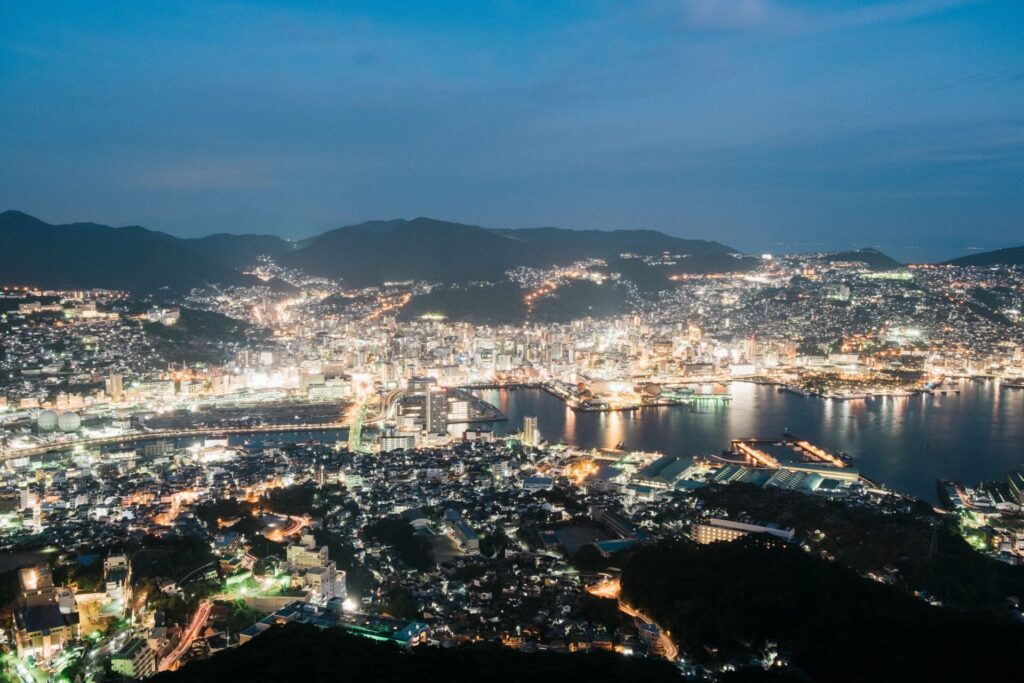
Fukuoka
Located on the island of Kyushu in western Japan, Fukuoka has a rich history and culture. It’s known for its beautiful temples and shrines, including the iconic Dazaifu Tenmangu Shrine (The most famous shrine in the Kyushu region, dedicated to the deity Tenjin – the patron saint of scholars and students), Fukuoka Tower (A 234-meter tall tower that offers panoramic views of the city), Fukuoka Castle (A 17th-century castle surrounded by beautiful gardens), and Ohori Park.
Fukuoka is also home to some of the best street food in Japan, including motsunabe (beef intestine stew) and mentaiko (spicy cod roe).
Sapporo
Located on the island of Hokkaido in northern Japan, Sapporo is a city known for its stunning natural beauty and delicious food.
The best-known tourist attractions in Sapporo are the Sapporo Clock Tower (built in 1878, one of the most famous landmarks in the city), Sapporo Beer Museum (located in a historic brewery building and dedicated to the history of beer in Japan), and Odori Park.
It’s also home to the famous Sapporo Snow Festival, which takes place every February and attracts visitors worldwide. Sapporo is also great for trying local specialties like miso ramen and jingisukan (grilled mutton).
Save for Later …






